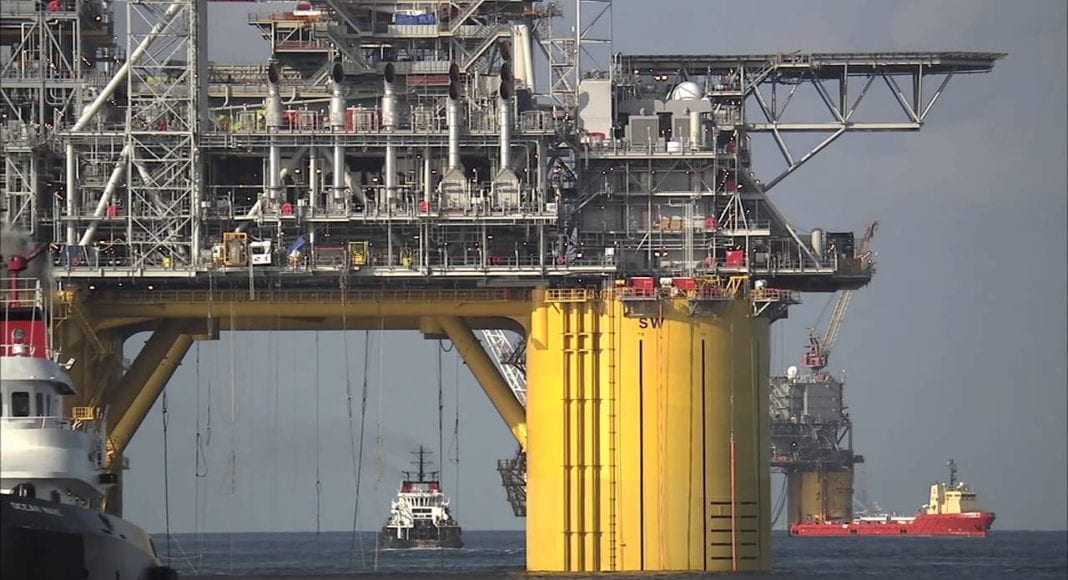For perspective, it is not oil price Armageddon. West Texas Intermediate (WTI) May-dated futures contracts, which expire on Tuesday, require futures buyers to take delivery of the oil that is in Cushing, Oklahoma, the largest crude oil storage hub in the US. Most of the issue revolves around the oil delivery rules and storage capacity issues specific to this single location.
Because there is very little storage space available, traders are ditching their contracts to avoid taking a physical delivery, hence the fall in price.
Forbes said in a report that it would be easy to interpret Monday’s slide as a signal that the end of the world is nigh; that the US economy is facing a financial Armageddon due to government lockdowns that are being implemented to fight the COVID-19 pandemic. But that conclusion, it said, would be a mistake.
“Oil traders are selling tomorrow’s [WTI] futures to avoid taking a physical delivery,” explains Alexander Burgansky, head of oil & gas research at Renaissance Capital. Instead, traders are now buying June-dated contracts, which recently were fetching approximately $23 a barrel, he wrote in a recent report.
As reported by OilNOW, Liza crude, produced offshore the South American country of Guyana, is marketed against Brent which was trading on Monday at $26.44 per barrel.
Burgansky points out that none of these gyrations are happening with Brent crude futures. Brent crude can be delivered offshore to a variety of locations, he explained. If there isn’t much storage in one place, then the oil can be delivered elsewhere.
In simple terms, Burgansky said the flexibility of the Brent futures contract means that lack of storage in one place isn’t forcing traders to dump futures contracts in the way that it is with WTI futures.



